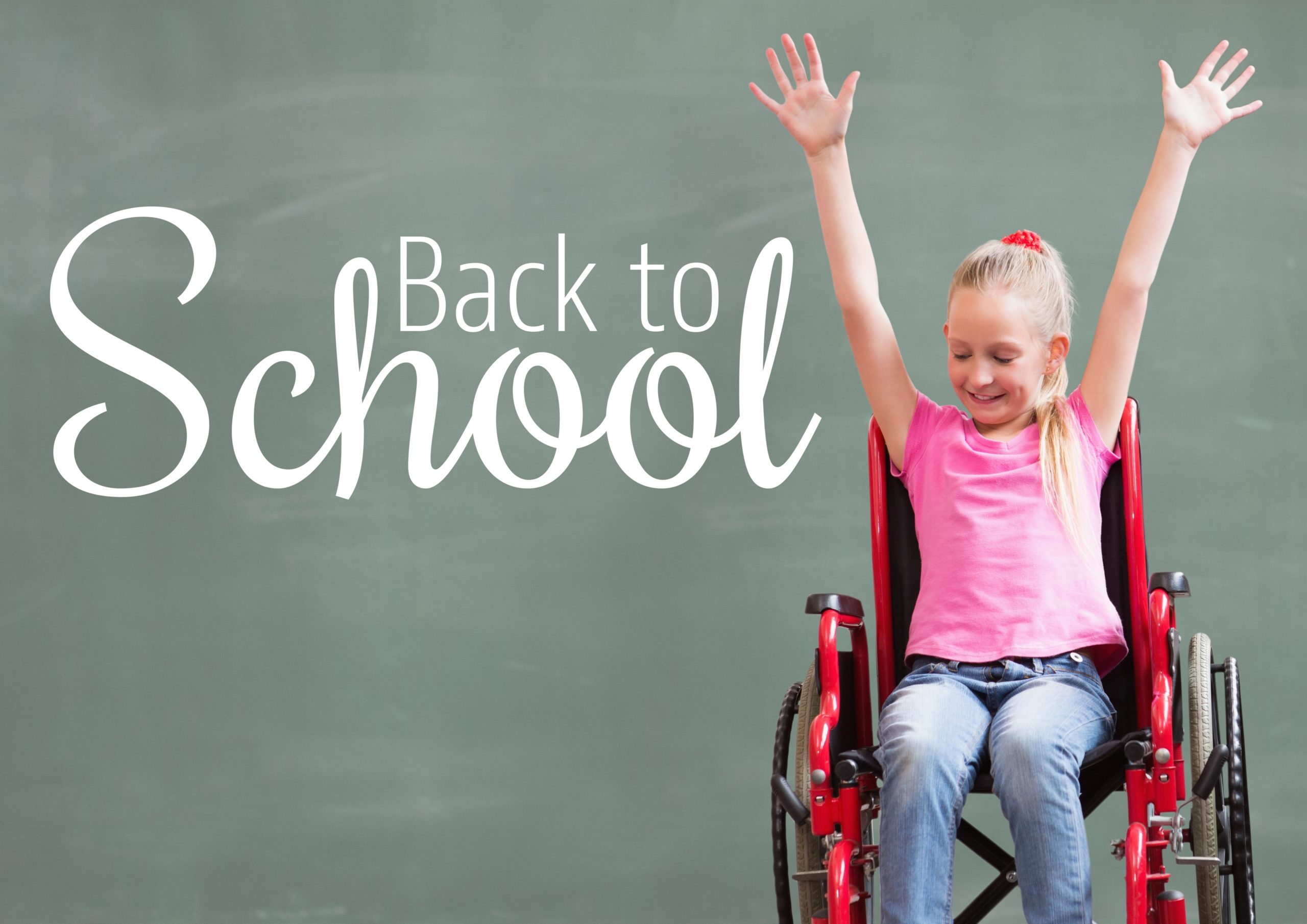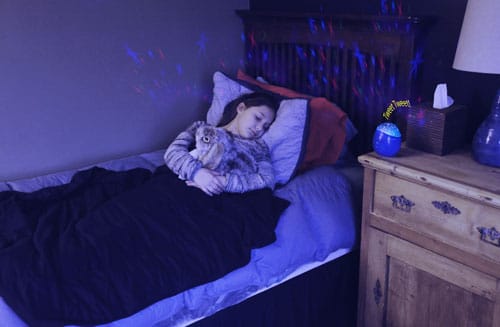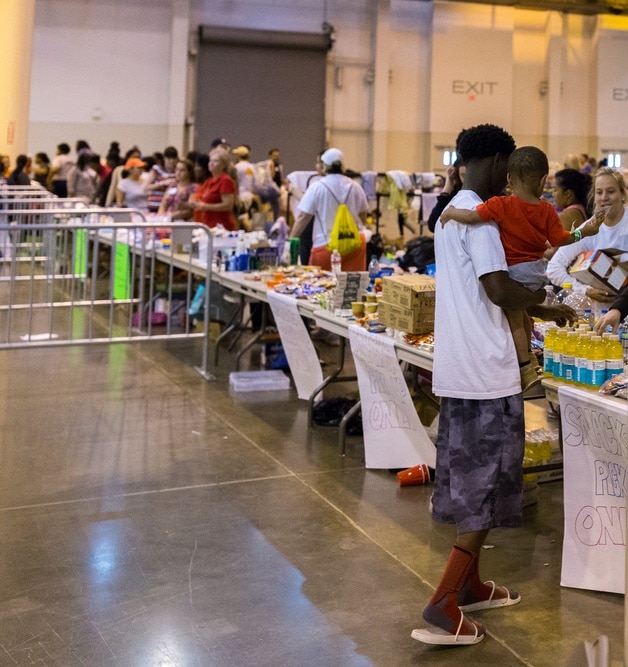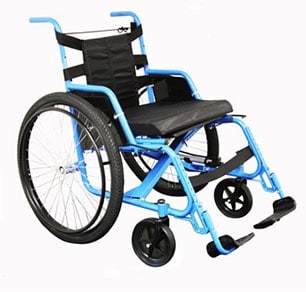In recent years, the prevalence of autism spectrum disorder has been steadily rising. In fact, the latest data from the Centers for Disease Control and Prevention’s Autism and Developmental Disabilities Monitoring (ADDM) Network found that one in 59 children carry a diagnosis of autism spectrum disorder. New research suggests that it’s not only autism that’s becoming more prevalent — the numbers of children diagnosed with at least one developmental disability has also increased.
The October 2019 issue of the journal Pediatrics reported that between 2009 and 2017, the number of children ages 3-17 diagnosed with at least one developmental disability rose from 16.2 percent in 2009 to 17.8 percent (or one in 6 children) in 2017.
Data for the study, “Prevalence and Trends of Developmental Disabilities among Children in the United States: 2009–2017” included the health information of 88,000 children using the “National Health Interview Survey, a nationally representative survey of the civilian noninstitutionalized population. Parents reported physician or other health care professional diagnoses of attention-deficit/hyperactivity disorder; autism spectrum disorder; blindness; cerebral palsy; moderate to profound hearing loss; learning disability; intellectual disability; seizures; stuttering or stammering; and other developmental delays.”
As reported by Disability Scoop’s Michelle Diament, “the prevalence of autism, intellectual disability and attention deficit hyperactivity disorder increased during [2009 and 2017] while there was a decrease in the percentage of kids in the catch-all category of ‘other developmental delay.’”
The survey found that the greatest increases in diagnoses occurred among boys, Caucasian and Hispanic children, older youngsters, children who lived in cities and those whose mothers were relatively uneducated.
Though the survey didn’t look at the causes of the increase in developmental disabilities diagnoses, the CDC hypothesized that “previous research has found improved awareness, screening, diagnosis, and service accessibility may contribute to the increases seen.”
That could be good news, since early intervention is key in improving the prognoses for children with developmental disabilities. Programs like the CDC’s Learn the Signs, Act Early help families to identify developmental disabilities early so that they can access services and resources that can address their children’s deficits. Though developmental disabilities aren’t curable, children who receive the services they need are more likely to be successful in school and in other areas of their lives.
Examples of early intervention may include speech and language therapy; physical therapy; occupational therapy; hearing and vision services; psychological services; social work services; nutrition services; and medical and nursing interventions. Children with developmental disabilities have the greatest chance for success if they receive appropriate therapies between the ages of birth and 3 years old.













